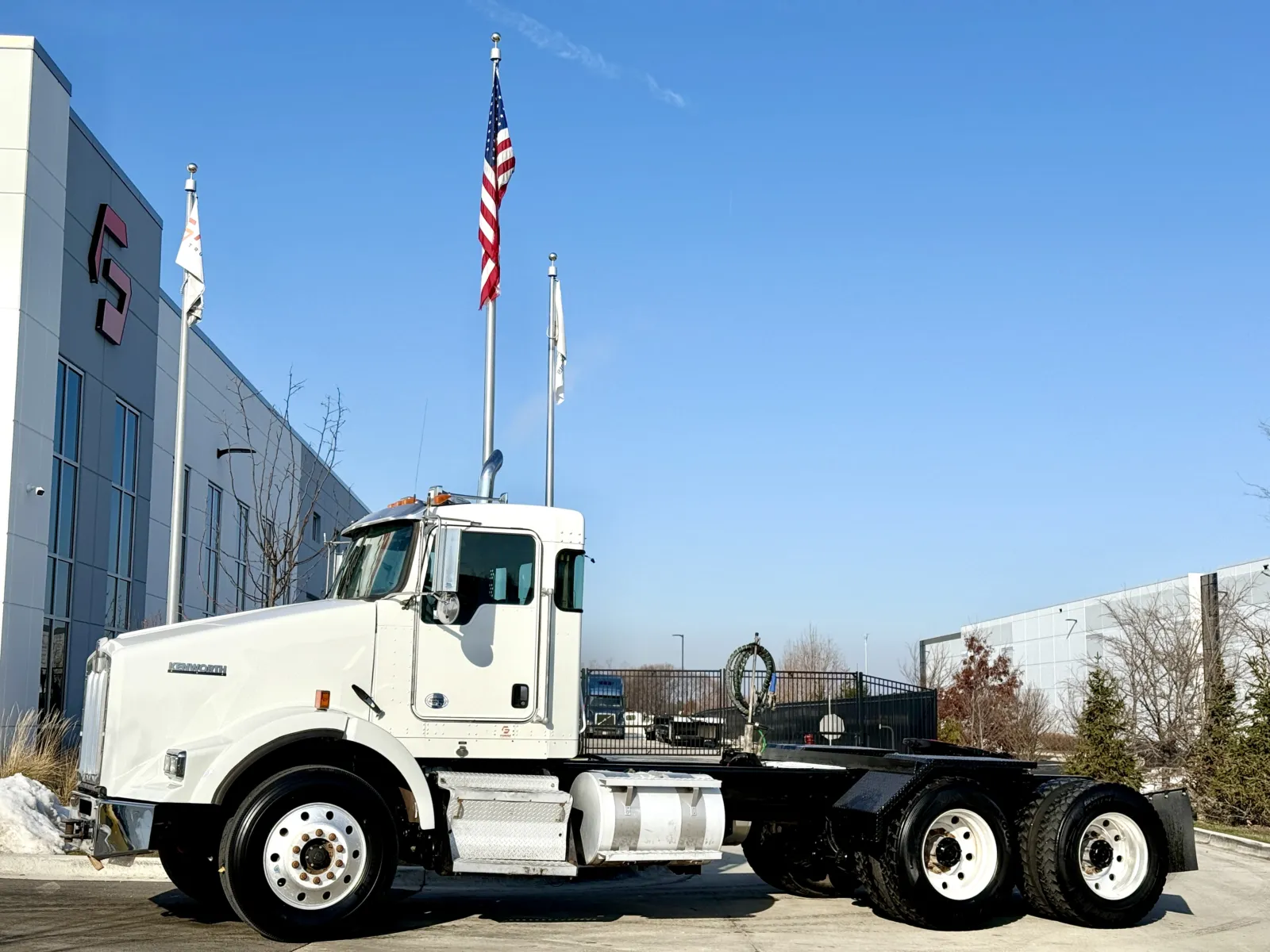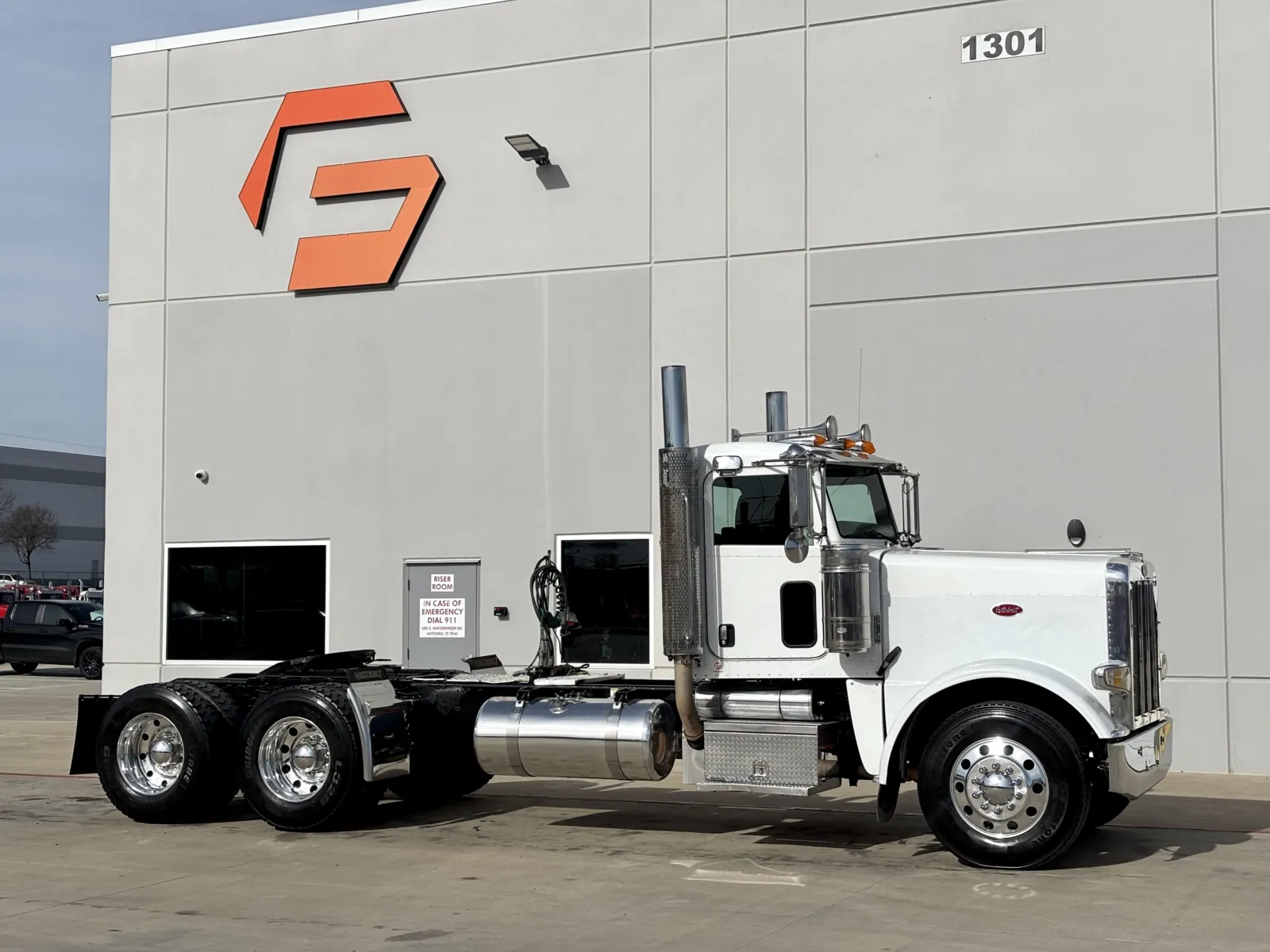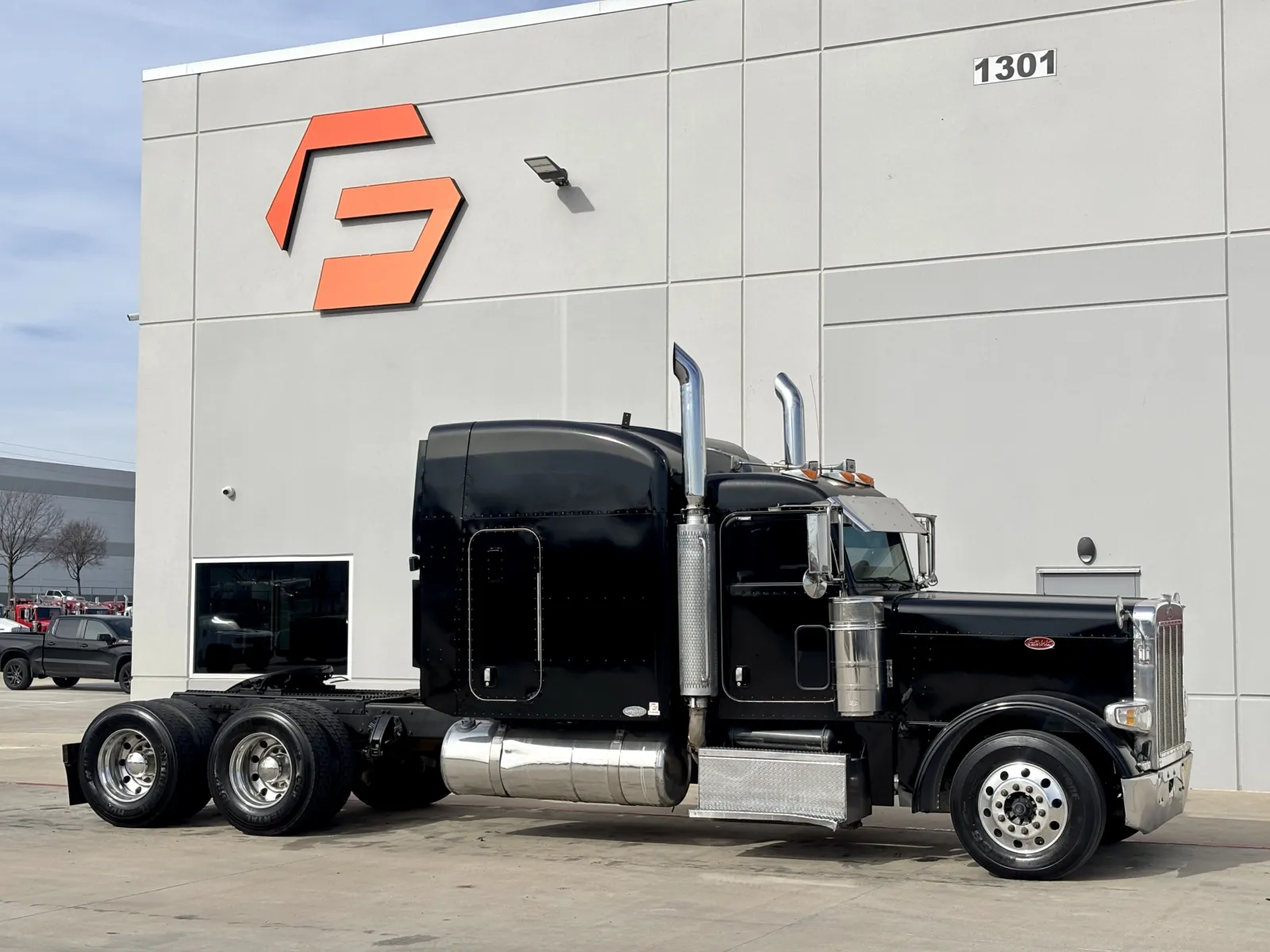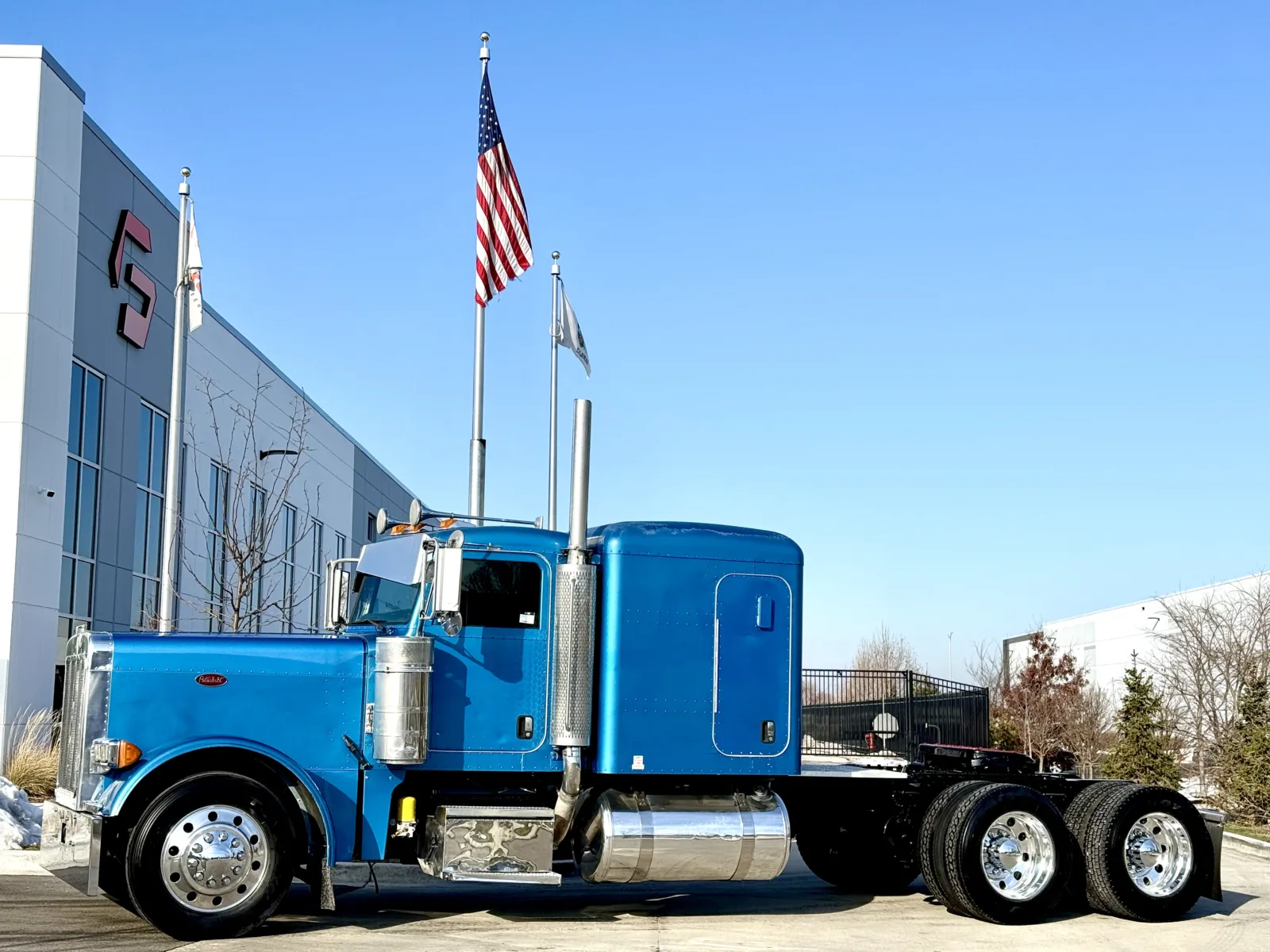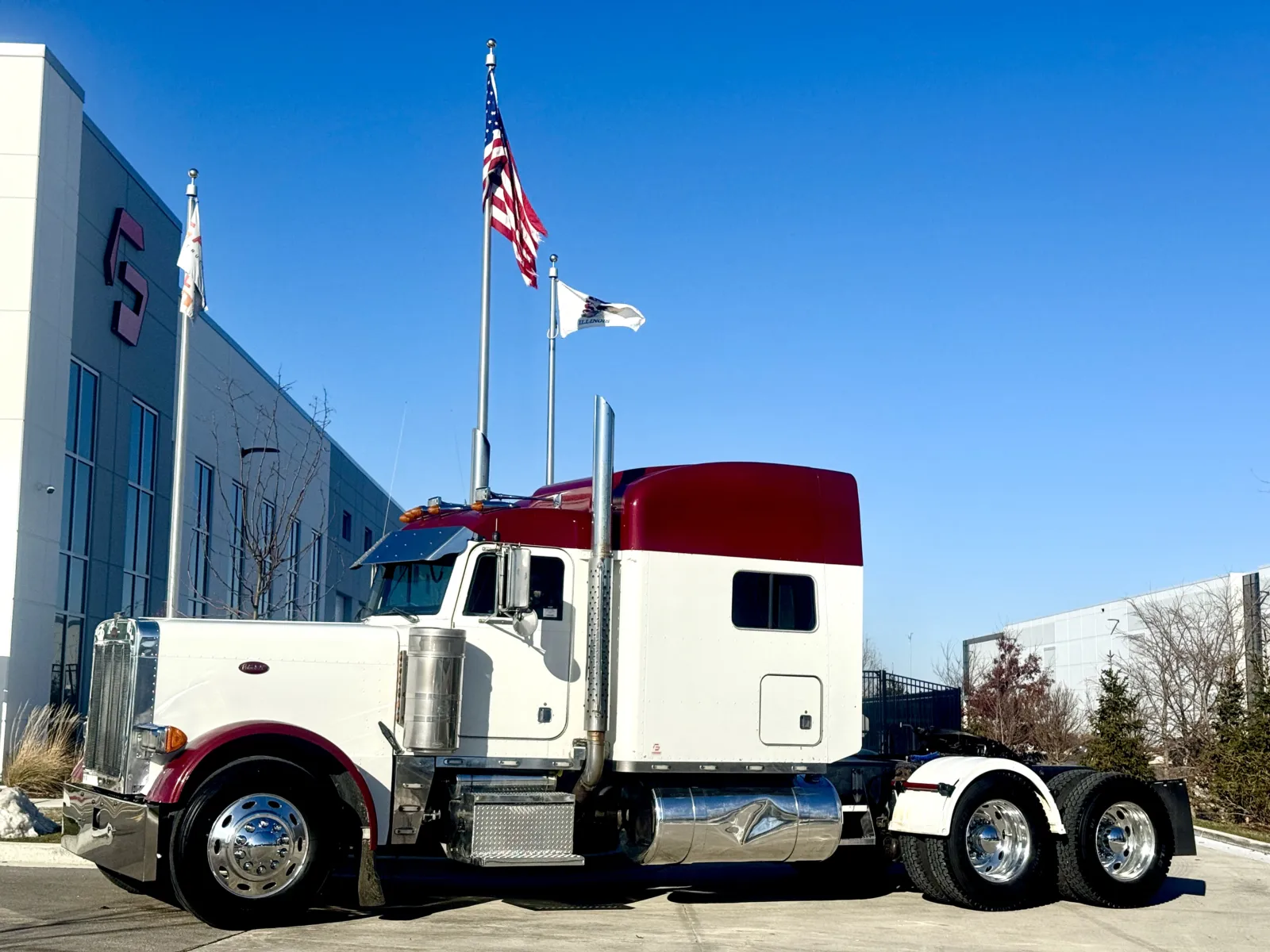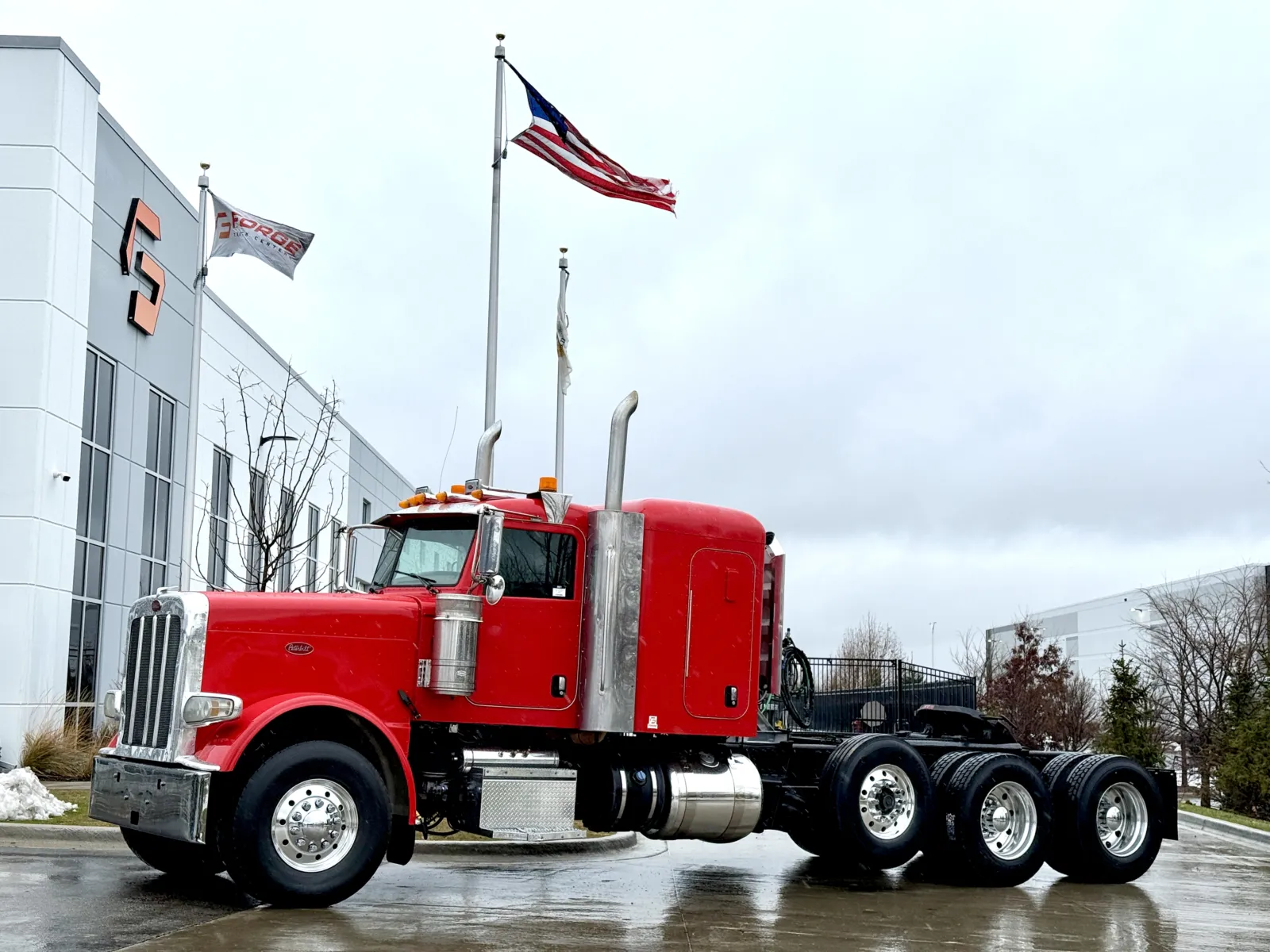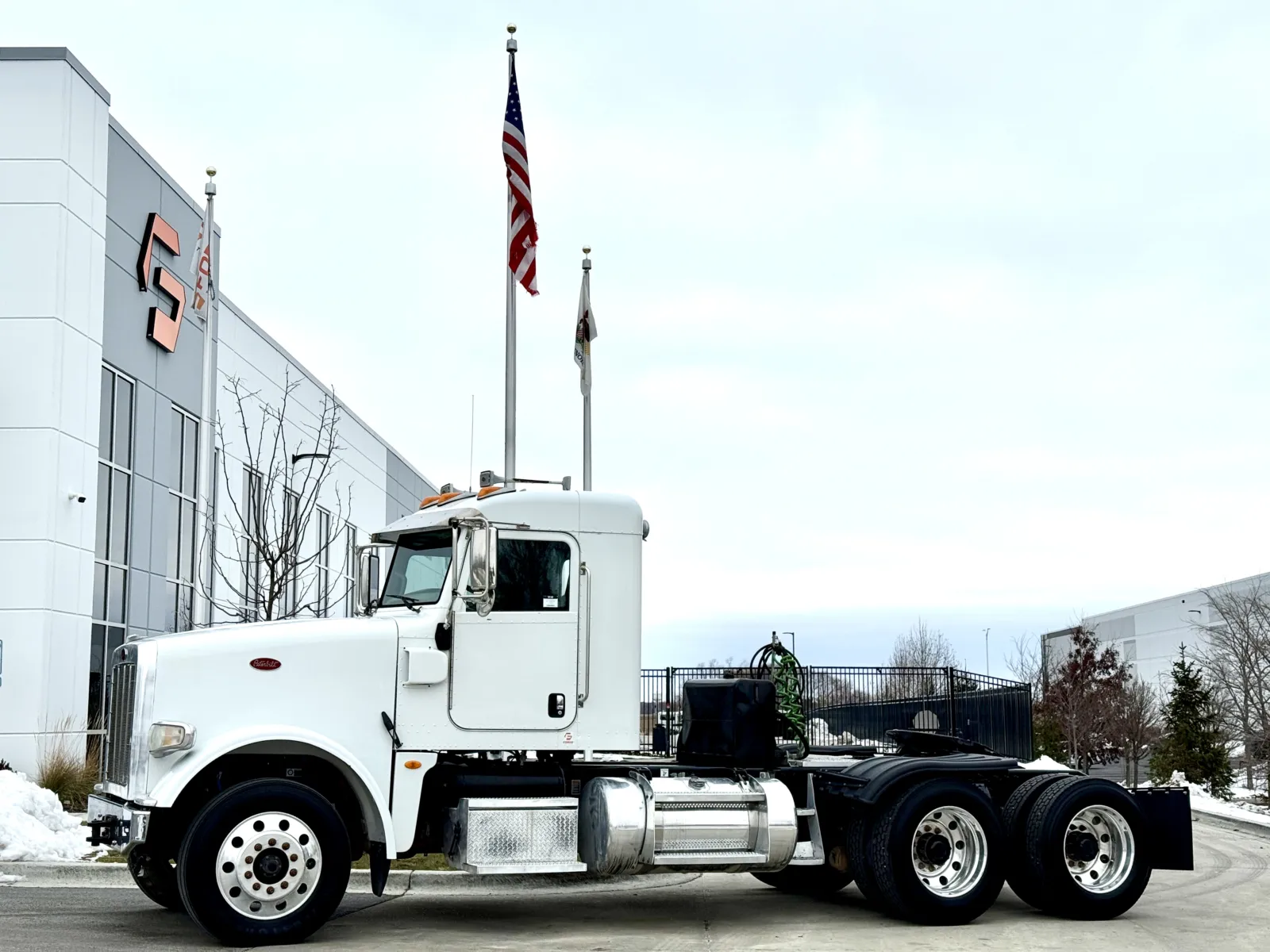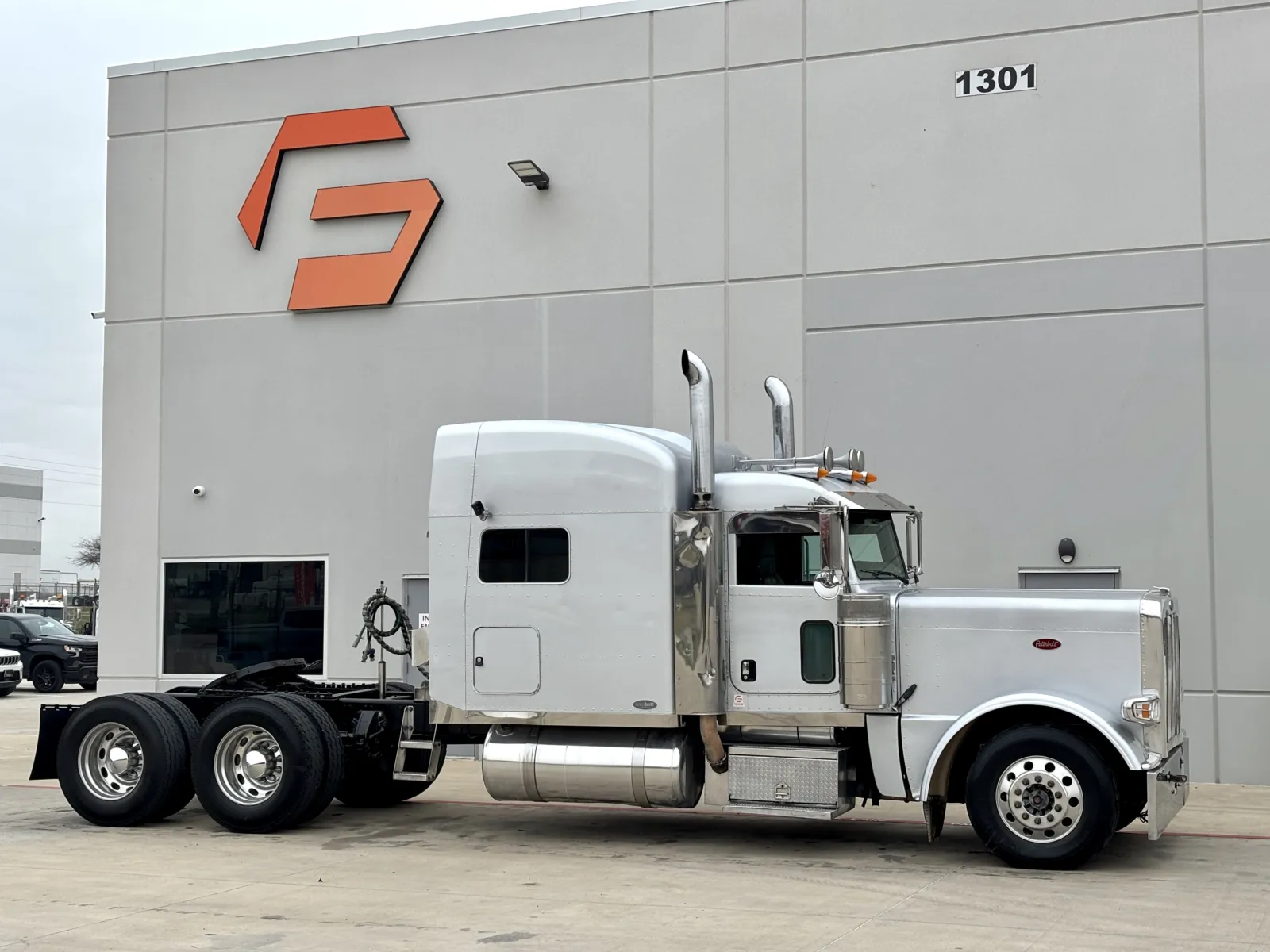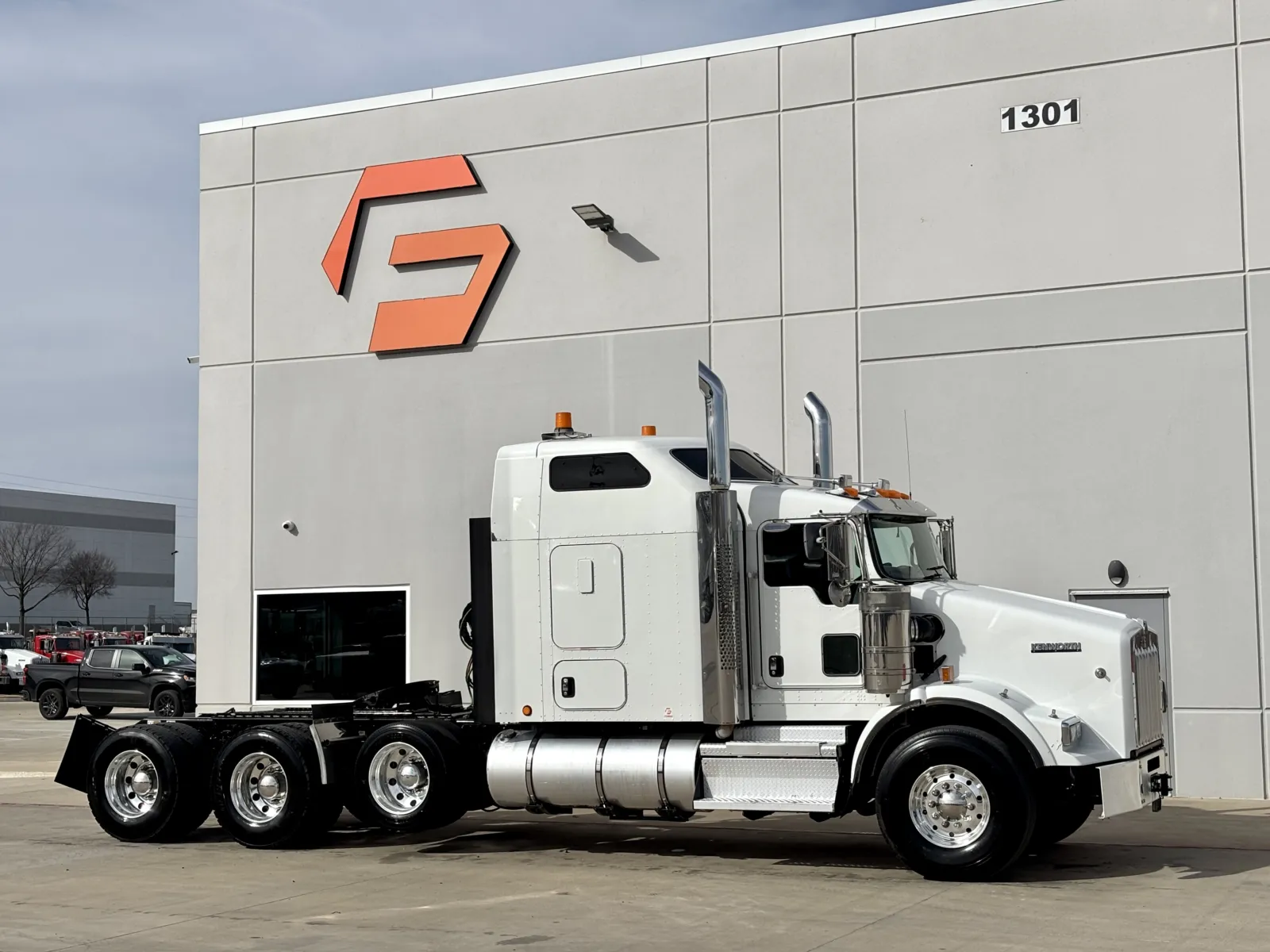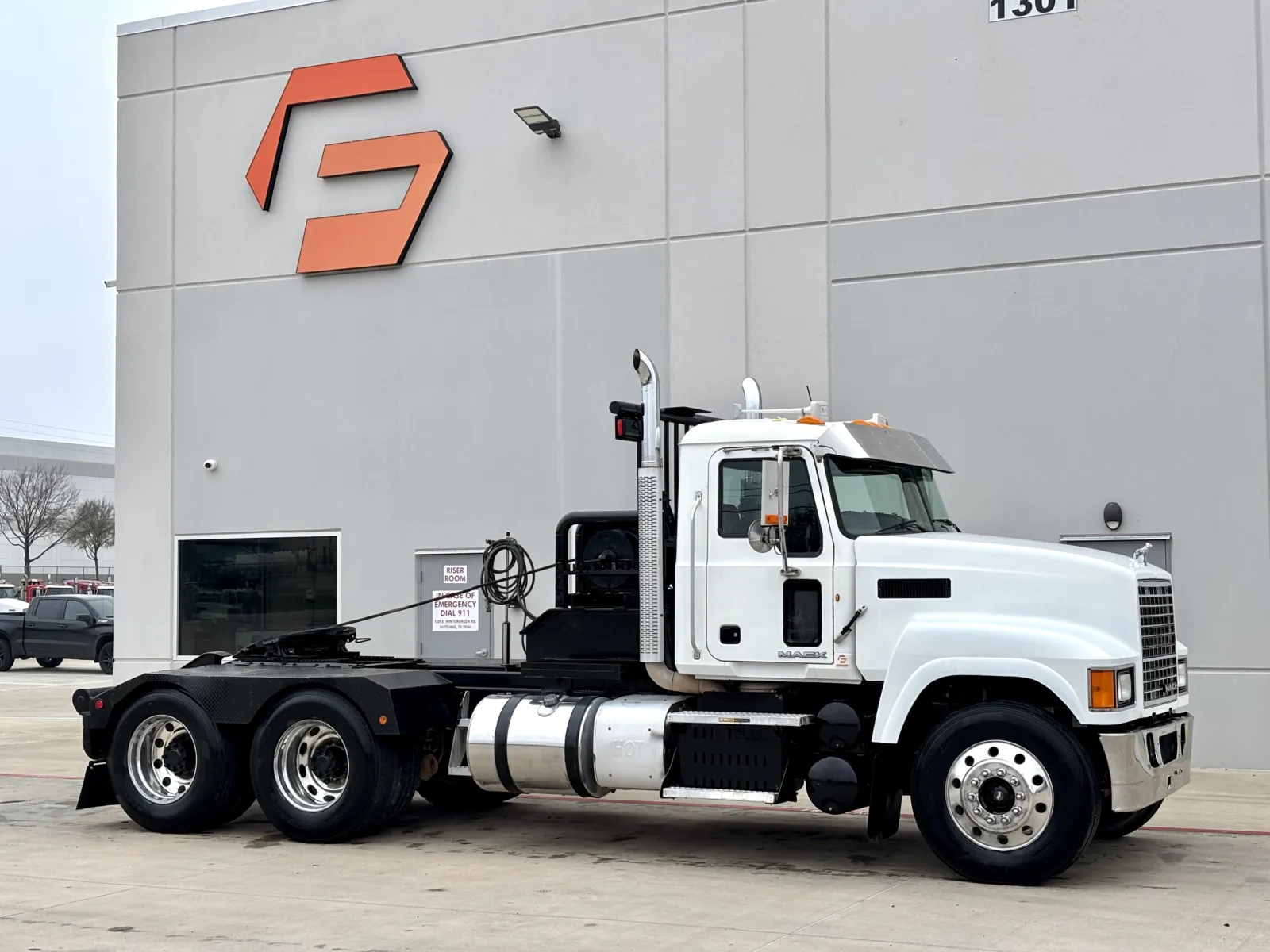How to Extend Tire and Brake Life on Commercial Vehicles
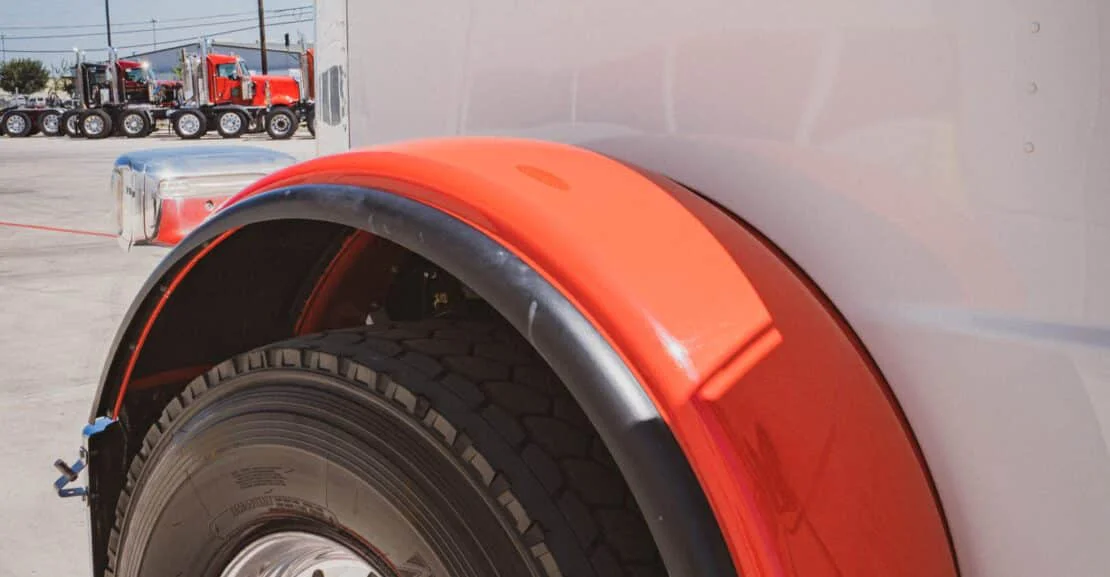
Maintaining commercial vehicles is critical to ensuring safety and profitability for fleet managers and owner-operators. Two of the most important and expensive components to maintain are tires and brakes, which directly affect a vehicle’s performance, safety, and operating costs. By taking proactive measures, you can extend the life of your tires and brakes, saving money and reducing downtime. Here are some essential tips for maximizing the lifespan of these vital components.
1. Regular Tire Inspections and Maintenance
Tires are the only part of the vehicle that makes contact with the road, which means they experience significant wear and tear. To extend their life, routine inspections and maintenance are crucial.
- Check Tire Pressure Frequently: Under-inflated tires cause uneven wear, decrease fuel efficiency, and increase the risk of blowouts. Over-inflated tires, on the other hand, have less contact with the road and can wear more quickly in the center. Use a tire pressure gauge regularly to ensure tires are inflated to the manufacturer’s recommended levels.
- Rotate Tires Regularly: Uneven tire wear is common on commercial vehicles due to varying loads and road conditions. Regular tire rotation ensures that wear is distributed evenly across all tires. This practice can significantly increase their lifespan.
- Align and Balance Tires: Misaligned tires or unbalanced wheels cause uneven wear and negatively impact fuel economy. Regular wheel alignments and balancing help reduce tire and suspension strain, extending their life.
- Check Tread Depth: Monitoring tread depth is essential for safety and performance. If the tread wears down too much, the vehicle’s traction and stopping power decrease. When the tread depth reaches unsafe levels, it’s time to replace the tires. A tread depth gauge can help measure when it’s time for new tires.
2. Ensure Proper Brake Usage
Brakes play a vital role in vehicle safety; improper usage can lead to premature wear. Extending the life of your commercial vehicle’s brakes requires a combination of proper driving habits and regular maintenance.
- Avoid Excessive Hard Braking: Frequent hard braking generates heat, which causes brake components to wear faster. Encourage drivers to maintain a safe following distance, anticipate stops, and decelerate gradually. Smooth, consistent braking is vital to reducing brake wear.
- Use Engine Braking: When traveling downhill or slowing down on a long haul, using engine braking (or downshifting) can significantly reduce the load on the brakes, extending their lifespan. Engine braking reduces wear and tear on the brake pads and rotors by using the engine to slow the vehicle.
- Inspect Brake Pads and Rotors Regularly: Worn brake pads and damaged rotors not only compromise safety but can also cause damage to other brake components. Regular brake inspections can catch early signs of wear and allow for timely replacements before more expensive repairs are needed.
3. Distribute Loads Evenly
Unevenly distributed loads can cause unnecessary stress on both tires and brakes. When a vehicle carries an imbalanced load, tires on one side may wear out more quickly than others, and brakes may need to work harder to stop the uneven weight distribution.
- Ensure Proper Load Distribution: Train drivers to load vehicles according to manufacturer specifications. Even weight distribution helps avoid overloading specific tires and brake components, resulting in longer-lasting performance.
- Monitor Overloading: Overloading a truck can cause significant damage to both tires and brakes. Excess weight increases the pressure on tires, causing them to wear faster. Additionally, overloaded vehicles require more braking power, which leads to quicker brake pads and rotor wear. Stay within legal weight limits to maximize the lifespan of both components.
4. Practice Preventative Maintenance
Preventative maintenance ensures the longevity of all vehicle components, including tires and brakes. Establishing a routine maintenance schedule allows for the early detection of issues before they escalate into costly repairs or replacements.
- Perform Scheduled Brake Maintenance: Components such as brake fluid, calipers, and hoses should be inspected regularly as part of a comprehensive brake maintenance plan. Brake fluid should be flushed periodically to prevent contamination, which can lead to brake failure.
- Maintain Suspension Components: A vehicle’s suspension system is essential to tire life. Worn suspension components can cause tires to wear unevenly or faster than average. Regular inspection and maintenance of suspension parts, including shocks, struts, and bushings, will ensure the vehicle rides smoothly and tires last longer.
5. Driver Training and Habits
The way drivers handle their vehicles significantly impacts tire and brake life. Proper training can ensure that drivers adopt habits that extend the lifespan of these components.
- Encourage Gentle Driving: Aggressive driving habits, such as sudden accelerations, sharp cornering, and hard braking, increase wear and tear on both tires and brakes. Training drivers to maintain steady speeds, avoid sharp turns, and decelerate smoothly will lead to fewer tire and brake replacements.
- Use Cruise Control: When appropriate, cruise control on highways can help maintain consistent speeds, reducing the need for frequent acceleration and braking, thus reducing wear on tires and brakes.
6. Use High-Quality Parts
Lastly, the quality of the parts used in your commercial vehicles can significantly affect their longevity.
- Invest in High-Quality Tires and Brakes: While cutting costs with cheaper options may be tempting, investing in high-quality tires and brake components will save money in the long run. Premium tires are designed to last longer, offer better fuel efficiency, and improve safety. Similarly, quality brake components can withstand more stress and heat, extending their lifespan.
- Stick to Manufacturer Recommendations: Always follow the manufacturer’s specifications for tires and brake parts. Using the correct type and size of tires and brakes for your vehicle ensures optimal performance and longer life.
Conclusion
Extending the life of your commercial vehicle’s tires and brakes is about consistent maintenance, proper usage, and smart driving habits. By implementing these best practices, fleet managers and owner-operators can significantly reduce operational costs, minimize downtime, and ensure safer, more efficient performance on the road. At Forge Truck Centers, we understand the importance of keeping your trucks in top condition, and we’re here to help you find the right solutions for tire and brake maintenance.


